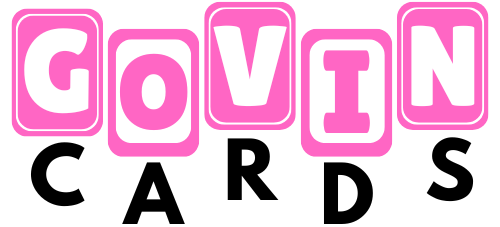Your ten-year-old digs a penny out of the couch cushions and starts wondering why it looks so different from the bright, shiny new ones. They watch you crumple aluminum foil around last night’s leftovers and can’t figure out why it bends and wrinkles so easily. During their doctor’s appointment, they overhear something about iron deficiency and suddenly want to understand what iron has to do with feeling tired all the time.
Kids encounter chemical elements constantly throughout their day, but that enormous periodic table poster hanging on their classroom wall probably looks like complete gibberish written in some ancient language.
These specially designed Periodic Table Flashcards take that overwhelming wall of scientific symbols and break it down into bite-sized pieces that actually matter to children. We’re focusing on essential elements that show up regularly in places where kids live, play, and explore their world. No confusing diagrams about atomic structure or intimidating chemical equations that make their eyes glaze over. Just straightforward information about elements they can touch, taste, and observe every single day.
Images
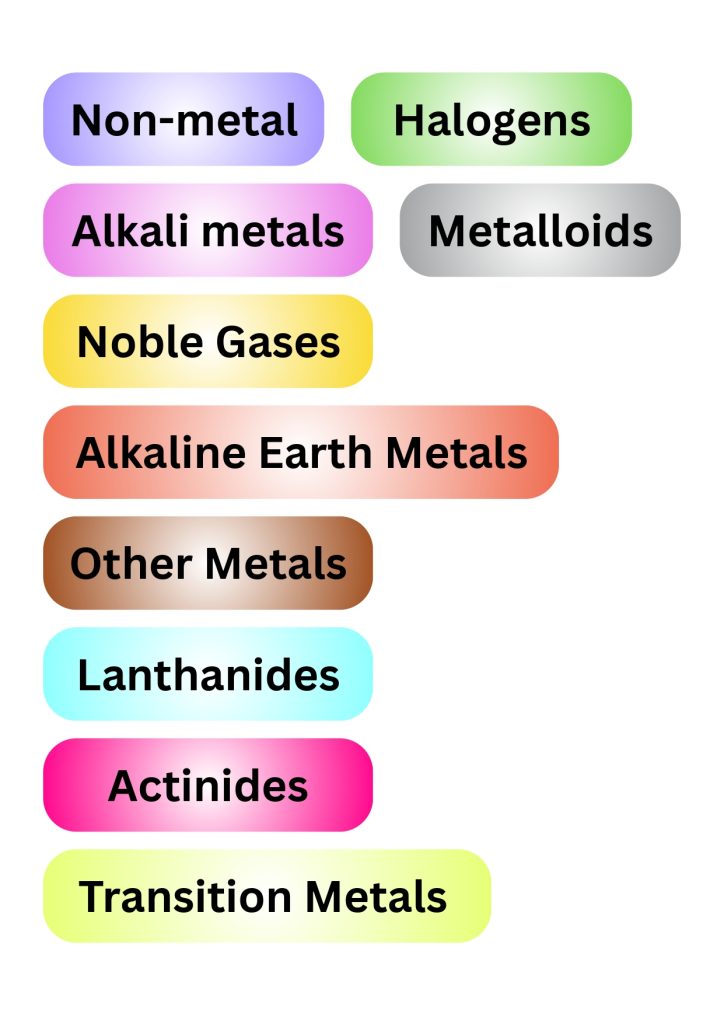
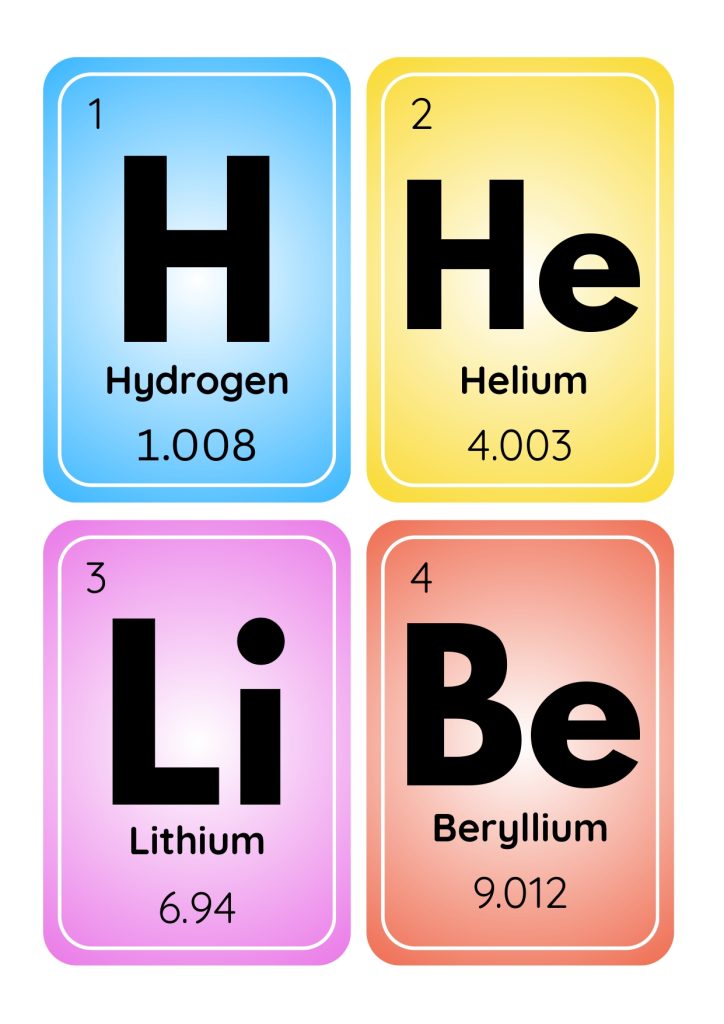







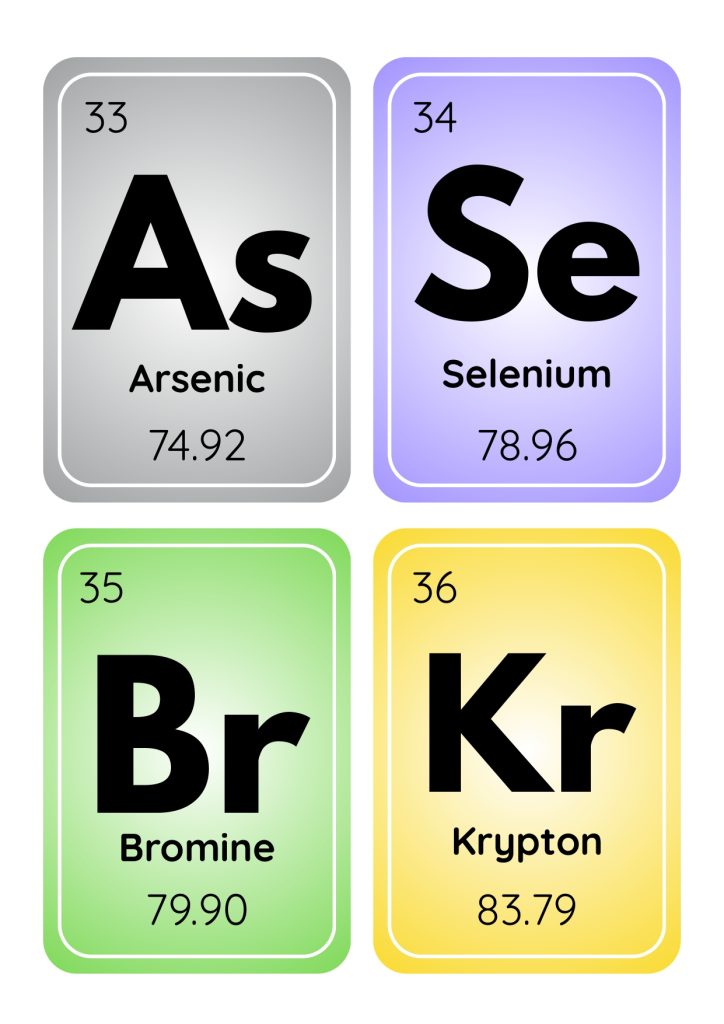



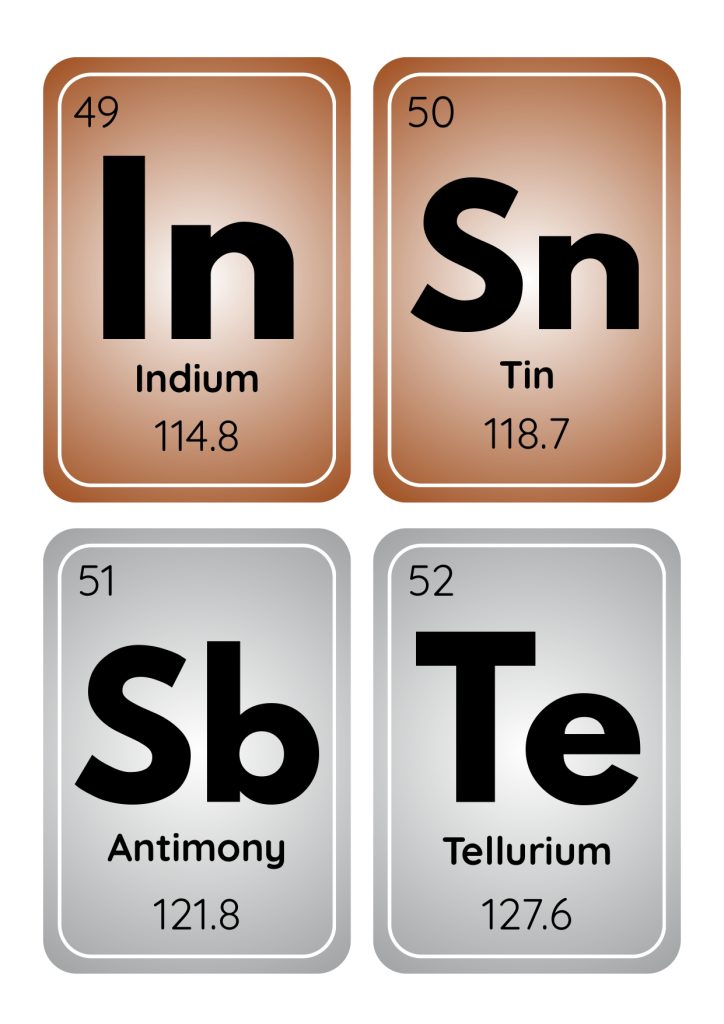



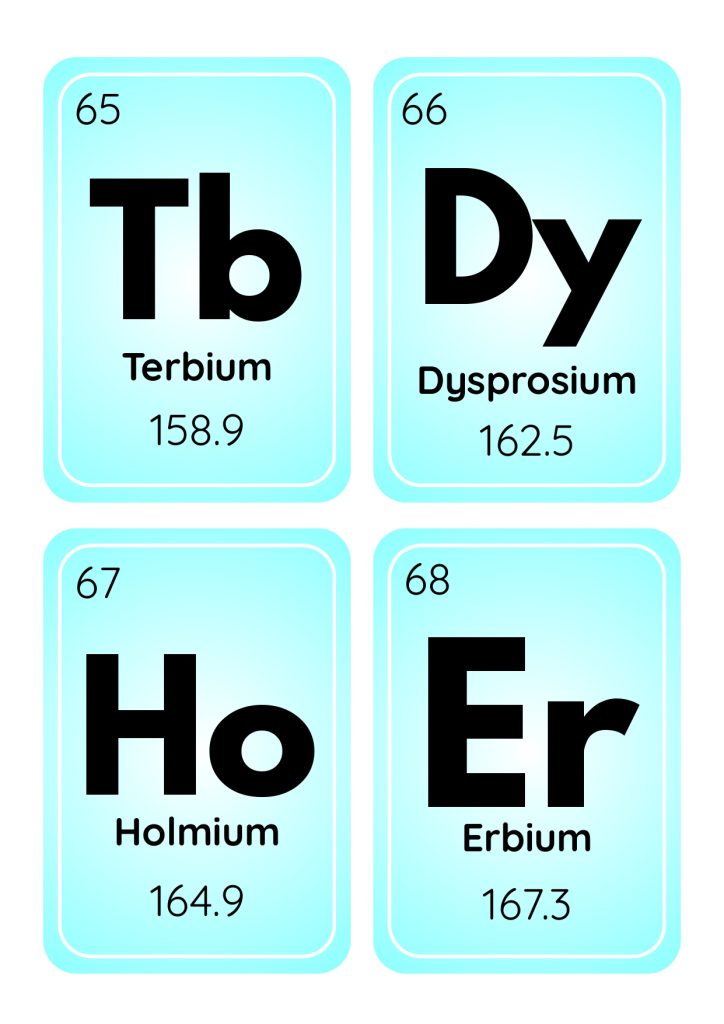
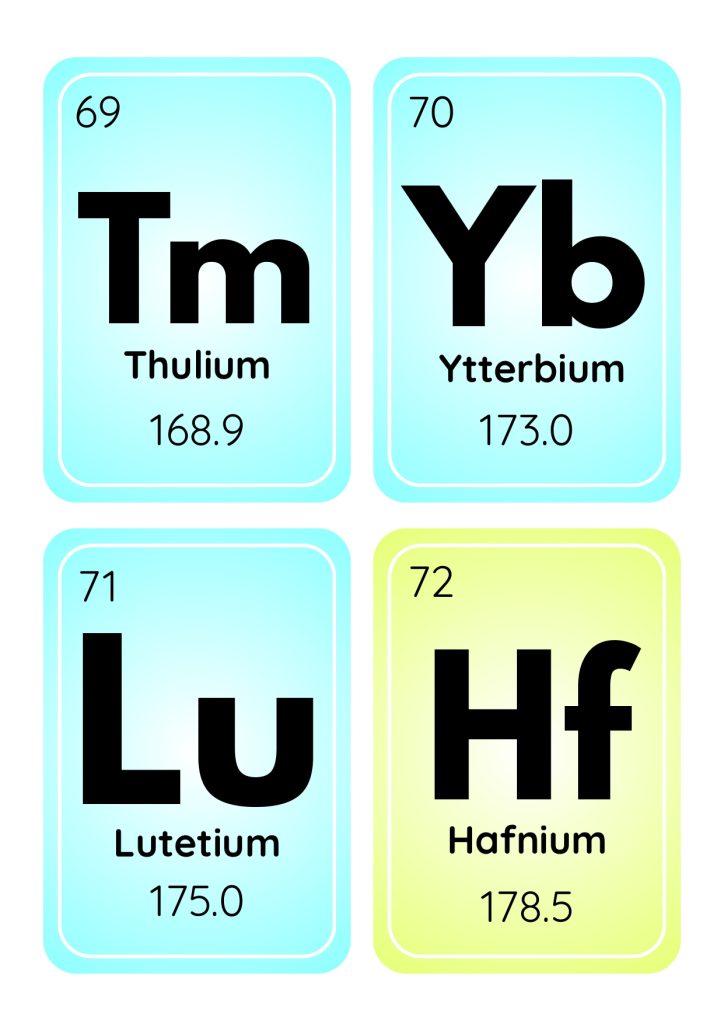
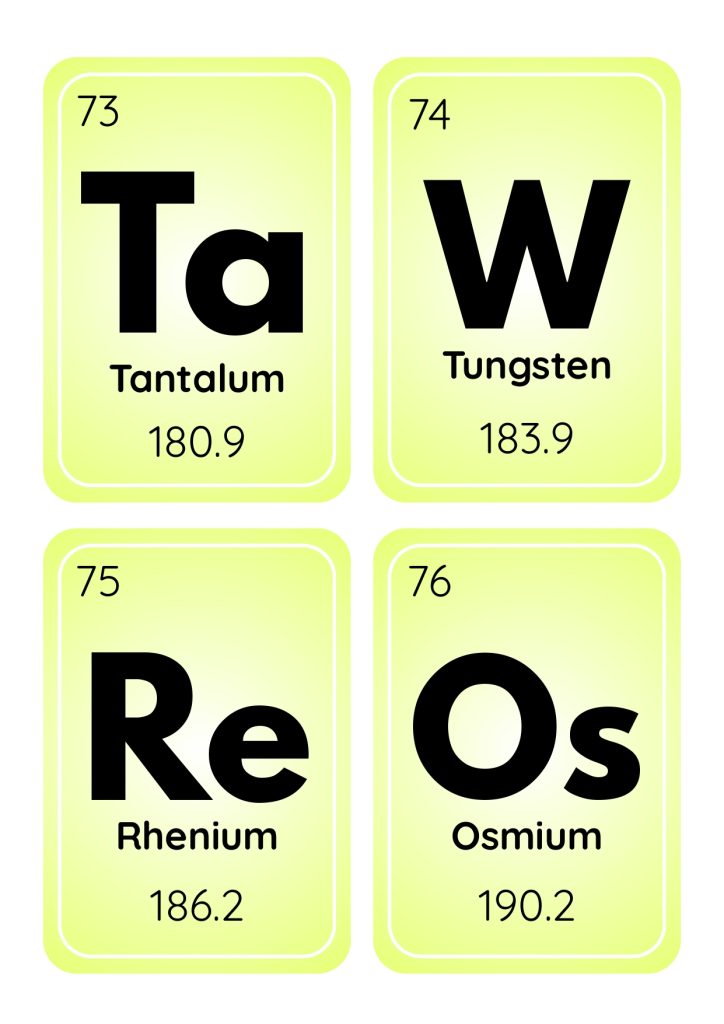


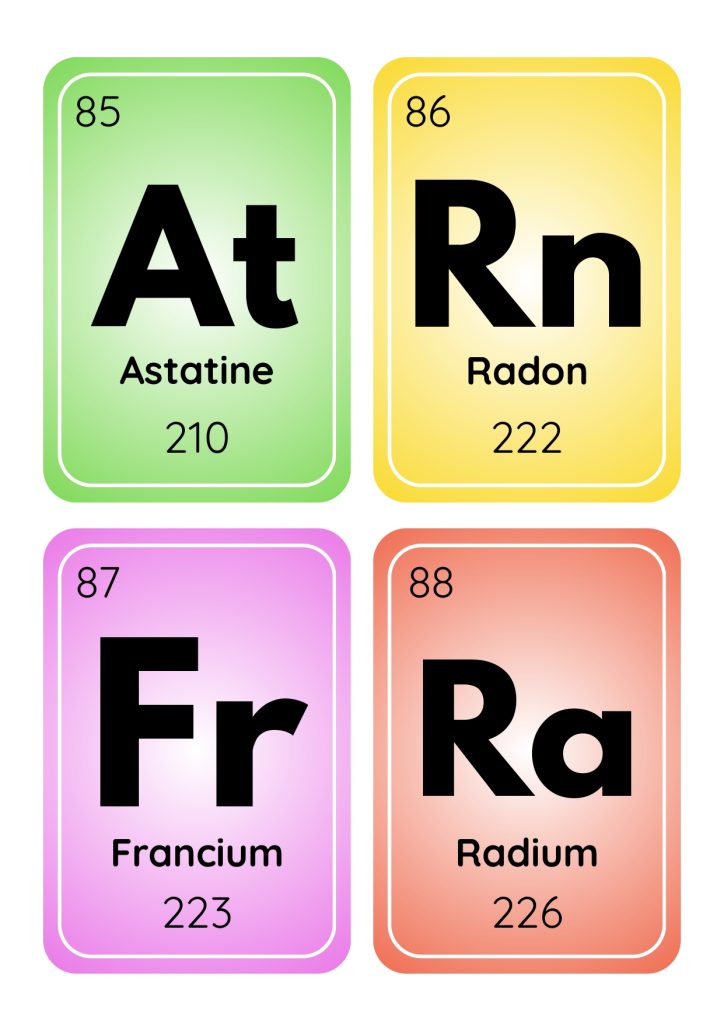


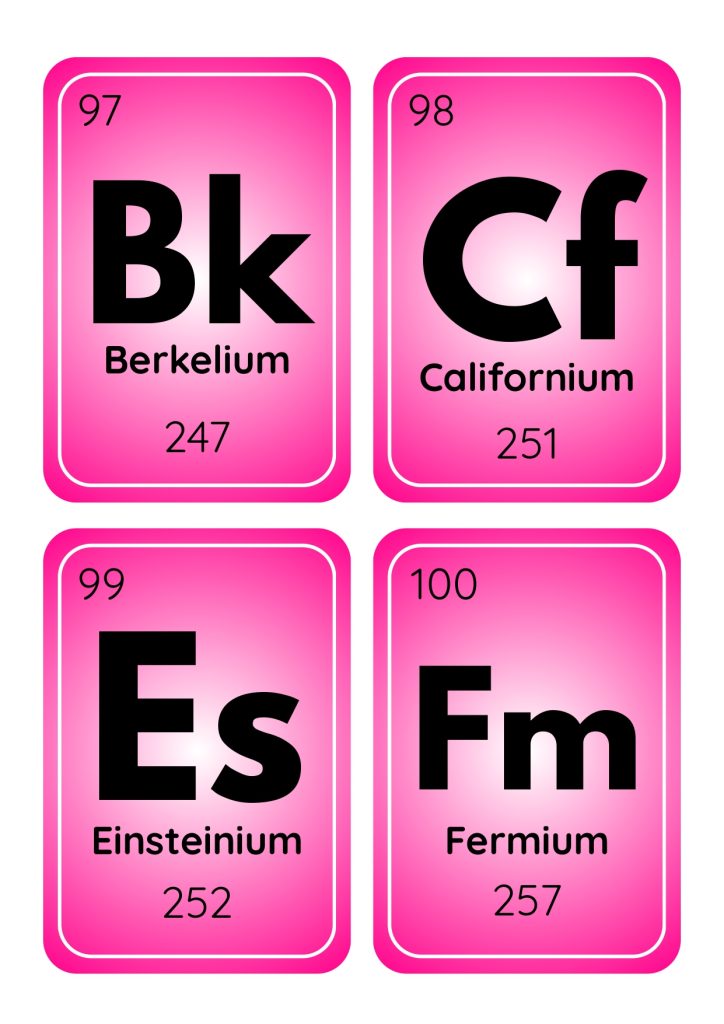


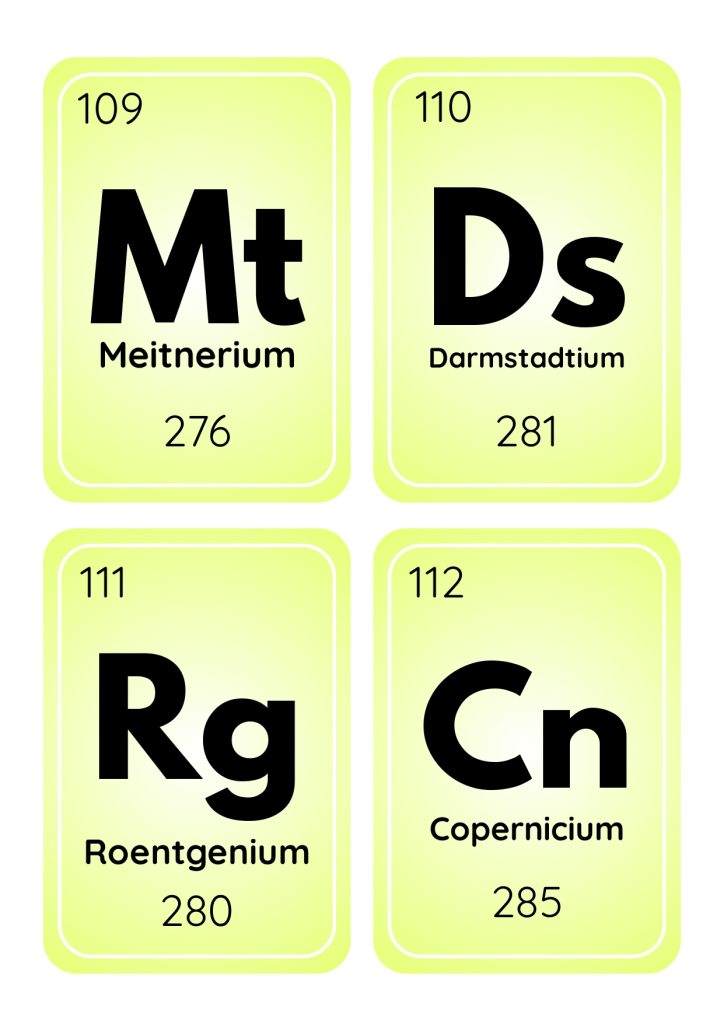

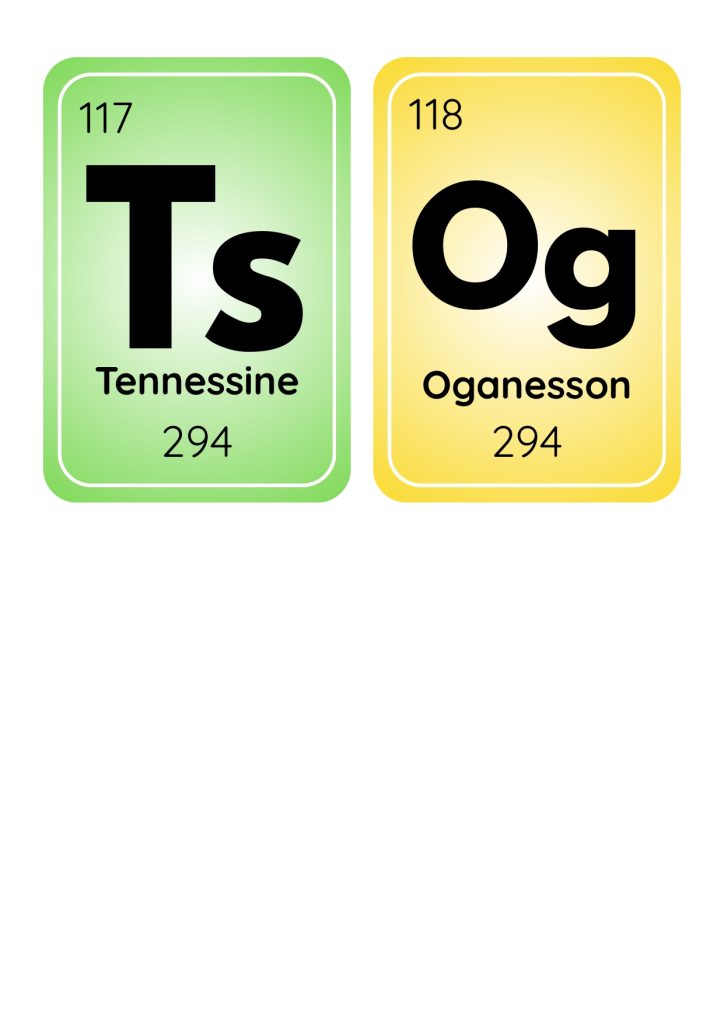
The Must-Know Elements That Surround Kids Daily
1.Hydrogen (H) – The smallest, lightest element that teams up with oxygen to create the water kids splash around in during bath time. It lives in every plant, animal, and human body on Earth.
2. Helium (He) – The gas that makes party balloons float straight up toward the ceiling and turns everyone’s voice squeaky and absolutely hilarious. Kids love giggling when helium balloons slip out of their hands and drift away toward the clouds.
3. Lithium (Li) – Runs all those tablets and phones kids use for games, videos, and texting their friends. This soft, silvery metal stores electricity in rechargeable batteries that power their most important gadgets and devices.
4. Beryllium (Be) – Makes emeralds sparkle with that brilliant green color and helps build rockets that blast off into space. Kids spot it in fancy jewelry stores and NASA documentaries about exciting moon missions.
5. Boron (B) – Toughens up glass and feeds plants so they grow strong and healthy. Shows up in the scratch-resistant glass protecting phone screens and in plant food that keeps flowers blooming beautifully.
6. Carbon (C) – Creates both sparkling diamonds and the graphite filling their pencils. It builds every single living thing on Earth. Kids write with carbon every day at school, admire diamond rings in jewelry stores, and their own bodies contain millions and millions of carbon atoms.
7. Nitrogen (N) – Makes up most of the air kids breathe in and out all day long, plus creates the proteins that build stronger muscles. Essential for staying alive but completely invisible floating around us constantly.
8. Oxygen (O) – The element kids absolutely need every few seconds or they literally stop breathing. It feeds fires, makes metal turn rusty over time, and combines with hydrogen to create water for drinking and swimming.
9. Fluorine (F) – Fights tooth decay in toothpaste and makes cooking pans non-stick and easy to clean.
10. Neon (Ne) – Glows bright red, blue, and pink in restaurant signs that light up downtown streets. Kids spot neon buzzing and glowing in pizza shop windows and movie theater displays.
11. Sodium (Na) – Half of regular table salt and crucial for keeping muscles working properly, including the heart muscle. Kids sprinkle sodium on popcorn and need it pumping through their bloodstream.
12. Magnesium (Mg) – Burns with brilliant white sparks in fireworks and helps leaves stay green through photosynthesis. Kids watch magnesium burning with bright light.
13. Aluminum (Al) – Lightweight metal in soda cans and airplane frames. Kids crush aluminum cans for recycling money and fly thousands of miles in airplanes built mostly from this strong but light metal.
14. Silicon (Si) – Powers computer processors and makes up most of the sand kids build castles with at the beach. Lives in the microchips running their video games and covers ocean shores worldwide.
15. Phosphorus (P) – Glows eerily in the dark on watch faces and strengthens bones and teeth. Kids see phosphorus glowing green at night and consume it in milk, cheese, and other calcium-rich foods.
16. Sulfur (S) – Stinks like rotten eggs near hot springs and volcanoes, plus makes rubber balls bouncy. Kids recognize sulfur’s nasty smell immediately and play with rubber made stretchy by sulfur compounds.
17. Chlorine (Cl) – Kills germs in swimming pools and pairs up with sodium to create table salt. Kids smell chlorine at the community pool and taste it combined with sodium on their french fries.
18. Argon (Ar) – Fills regular light bulbs so they last longer and creates blue glowing effects in electric signs. Kids see argon glowing blue in storefront signs and helping incandescent bulbs shine brighter.
Games That Make Learning Elements Stick in Memory
- The Element House Hunt Game gets kids searching through different rooms looking for objects containing various elements. Aluminum foil tucked in kitchen drawers, iron paperclips scattered on desks, carbon hiding in pencil erasers, oxygen bubbling through fish tank filters. This connects abstract chemistry concepts to concrete stuff they handle and see daily.
- The Breath Investigation Experiment shows kids how they breathe oxygen in and carbon dioxide out. Light a candle in a jar to demonstrate how oxygen feeds flames, then have them blow bubbles in lime water to watch carbon dioxide turn it milky white. This makes invisible gases visible and memorable through direct observation.
- The Metal Sorting Challenge involves gathering safe metal objects like pennies, keys, and spoons. Kids group them by characteristics like magnetic versus non-magnetic, heavy versus light, shiny versus dull. This builds observation skills while teaching element properties through hands-on exploration.
- The Crystal Growing Laboratory lets kids mix table salt (sodium plus chlorine) with warm water and watch crystals slowly form over several days. They observe how two potentially dangerous elements combine into something completely safe and tasty. Crystal growth teaches patience while demonstrating basic chemical bonding concepts.
- The Balloon Float Test involves filling some balloons with regular air and others with helium from party stores. Kids predict which balloons will float, test their guesses, and discuss why helium rises while air sinks. This makes atomic weight differences understandable through direct experimentation they can see and touch.
- The Periodic Puzzle Building Game uses blank periodic table grids where kids place element cards in proper positions. Start with just hydrogen and helium, then gradually add entire rows. This builds spatial reasoning while reinforcing how scientists organize elements by properties. You can also check out opposites flashcards to keep switching between the games and make their experience enjoyable.
Cards That Explain Chemistry in Kid-Friendly Language
Most children imagine that chemistry only happens in laboratories with people wearing safety goggles and handling mysterious beakers full of bubbling liquids. That couldn’t be further from reality. Elements exist literally everywhere around them. The hydrogen and oxygen mixed together in their bathwater. The sodium sprinkled on their after-school pretzels.
The gold sparkling in their grandmother’s wedding ring. Once kids understand that everything around them gets built from these basic building blocks, the entire world starts looking like one giant, fascinating puzzle they can actually solve. Real connections that make chemistry feel important and exciting instead of boring and irrelevant to their daily lives.
Each flashcard displays one element with its letter symbol, full name, and atomic number on the front side. The visual design uses color schemes matching standard periodic table organization.
Do not forget to explore French flashcards for kids to bring new learning experiences to them.
Bringing Elements Into Daily Life Experiences
- Morning Breakfast Element Spotting starts each day by identifying elements in breakfast foods. Iron fortified in cereal boxes, calcium in milk cartons, carbon in toast and jam, fluorine in toothpaste tubes. This daily routine builds element recognition while establishing good nutritional awareness.
- Kitchen Chemistry Sessions happen during meal preparation, discussing elements hiding in ingredients. Sodium in salt shakers, iron in fresh spinach leaves, carbon in sugar and flour, oxygen dissolved in drinking water. Kids discover that cooking really involves chemistry experiments they can eat and enjoy.
- Playground Element Hunt Adventures take place at parks and playgrounds, identifying elements in equipment and surroundings. Iron in swing chains, aluminum in slide surfaces, carbon in rubber playground mulch, silicon in sandbox sand. Outdoor playtime becomes chemistry discovery time without feeling like formal education.
- Store Label Reading Missions happen during grocery shopping trips, reading food labels searching for element names. Sodium in cracker ingredient lists, iron in vitamin bottles, fluorine in toothpaste packages, calcium in cheese nutrition facts. Real-world label reading builds chemistry vocabulary naturally through practical application.
Easy Printing Steps
Open the PDF file and choose standard print options. Portrait orientation with “fit to page” produces perfectly proportioned cards. Color printing helps kids distinguish element families through consistent color coding systems, but black and white printing works perfectly fine for effective learning.
Use heavier cardstock paper or regular printer paper with clear lamination covering. This protects valuable element information while maintaining crystal clear readability. Cut carefully along provided dotted lines and your chemistry exploration cards stay ready for years of scientific discovery and learning.
Chemistry becomes much less intimidating when kids can connect brand new concepts to familiar everyday experiences. These Periodic Table Flashcards make those crucial connections obvious, immediate, and genuinely engaging for curious young learners.
